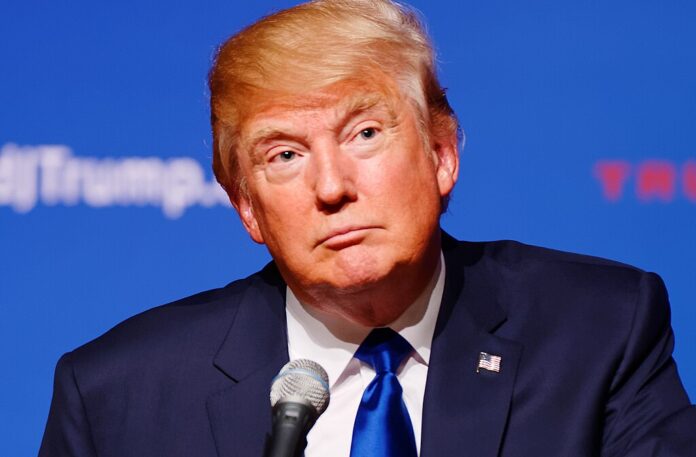Trump’s CIA overhaul to axe 1,200 spy jobs over time, fuelling fears of politicised intelligence.
President Donald Trump is launching a sweeping overhaul of the United States’ intelligence apparatus, with plans to slash 1,200 jobs at the CIA and cut thousands more across other major spy agencies, The Washington Post has reported. The job reductions won’t come in a single blow—they’ll unfold gradually through reduced hiring rather than mass layoffs. But the message is clear: the Trump administration is restructuring the US intelligence community, and not everyone will survive the shake-up.
The CIA, already under immense scrutiny, is at the heart of this restructuring. Trump’s recently appointed CIA Director, John Ratcliffe, has vowed to steer the agency toward what he calls the administration’s “national security priorities”. While agency spokespeople haven’t confirmed exact figures, they admit change is coming—fast.
“These moves are part of a holistic strategy to infuse the agency with renewed energy,” a CIA spokesperson said. “We want to create opportunities for rising leaders to emerge and better position the CIA to deliver on its mission.”
Embed from Getty ImagesThe planned personnel cuts, disclosed to members of Congress, will reportedly span several years. The goal, officials say, is to avoid high-profile layoffs and instead quietly trim numbers through limited recruitment and performance-based firings.
Still, the impact could be seismic. Intelligence insiders warn that morale is already low, and a slow-burning purge could erode institutional knowledge and stoke a climate of fear.
In March, the CIA confirmed it would be firing an undisclosed number of junior officers—especially those with behavioural issues or those deemed unsuitable for the psychological pressure of intelligence work. It’s part of a broader downsizing policy that critics say reflects Trump’s deep scepticism of the intelligence community and desire to bring it under tighter political control.
Ratcliffe has made his vision for the agency unmistakably clear. In previous remarks to lawmakers, he insisted that under his leadership, the CIA would collect intelligence “in every corner of the globe, no matter how dark or difficult”, and conduct covert operations “at the direction of the president”.
Speaking directly to CIA officers, Ratcliffe didn’t sugar-coat the situation. “If all of this sounds like what you signed up for, then buckle up and get ready to make a difference,” he declared. “If it doesn’t, then it’s time to find a new line of work.”
The tone has alarmed many in Washington. Detractors fear the cuts are less about efficiency and more about loyalty—about sidelining dissenters and consolidating influence over a traditionally independent intelligence infrastructure. Some believe this signals a new era where objective analysis could take a backseat to presidential preference.
The move also comes amid a broader trend of federal downsizing. From aviation safety to legal oversight, Trump has already fired hundreds of government employees, often in response to internal conflict or policy pushback. Now, America’s spies are in the firing line.
As the changes loom, many inside and outside the CIA are bracing themselves. For some, it’s a necessary reset to modernise a bloated bureaucracy. But for others, it feels more like a purge—a slow, strategic campaign to reshape the intelligence world into one that better suits Trump’s hardline worldview.
Whether the result is reform or ruin may depend not only on how many are cut, but why
